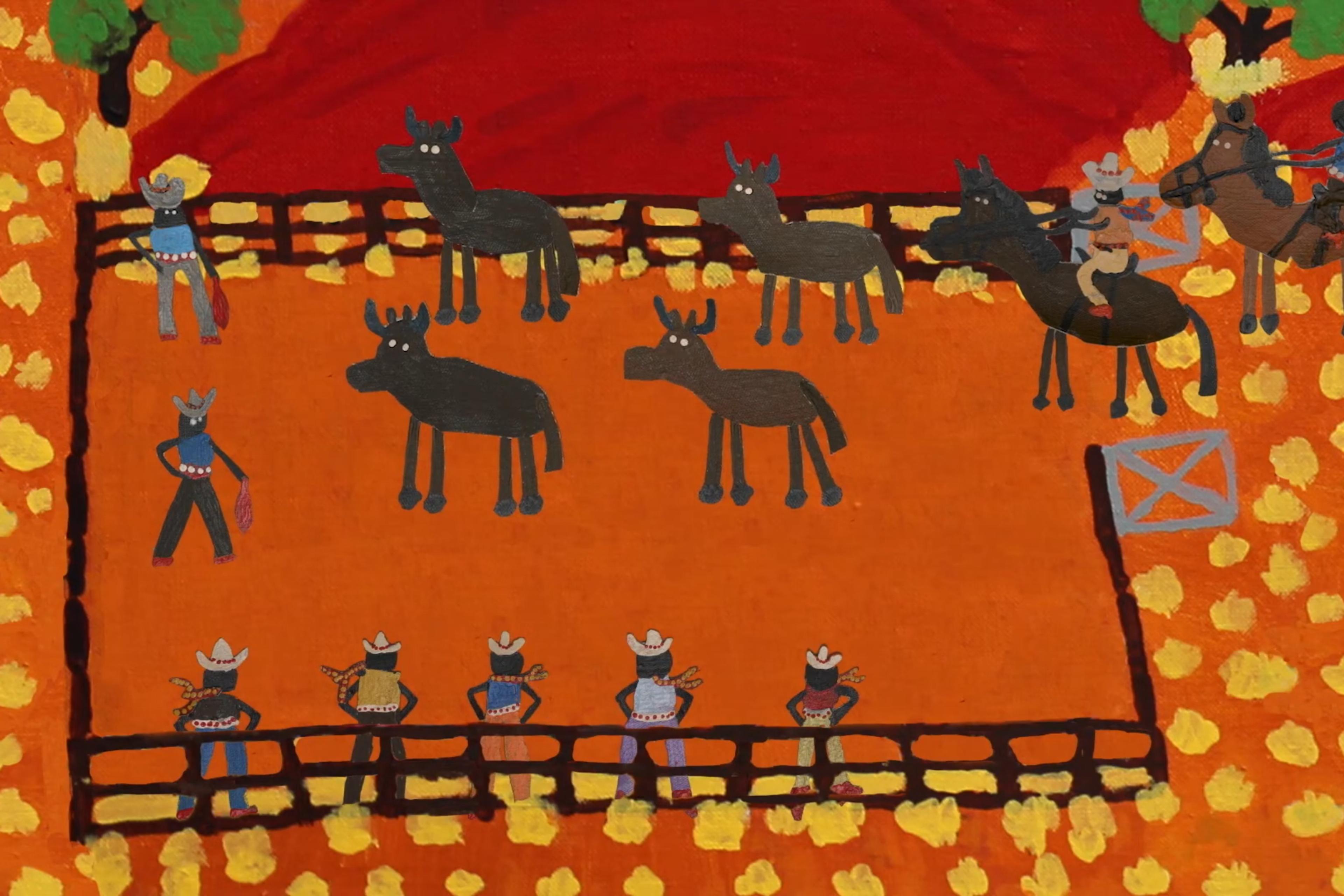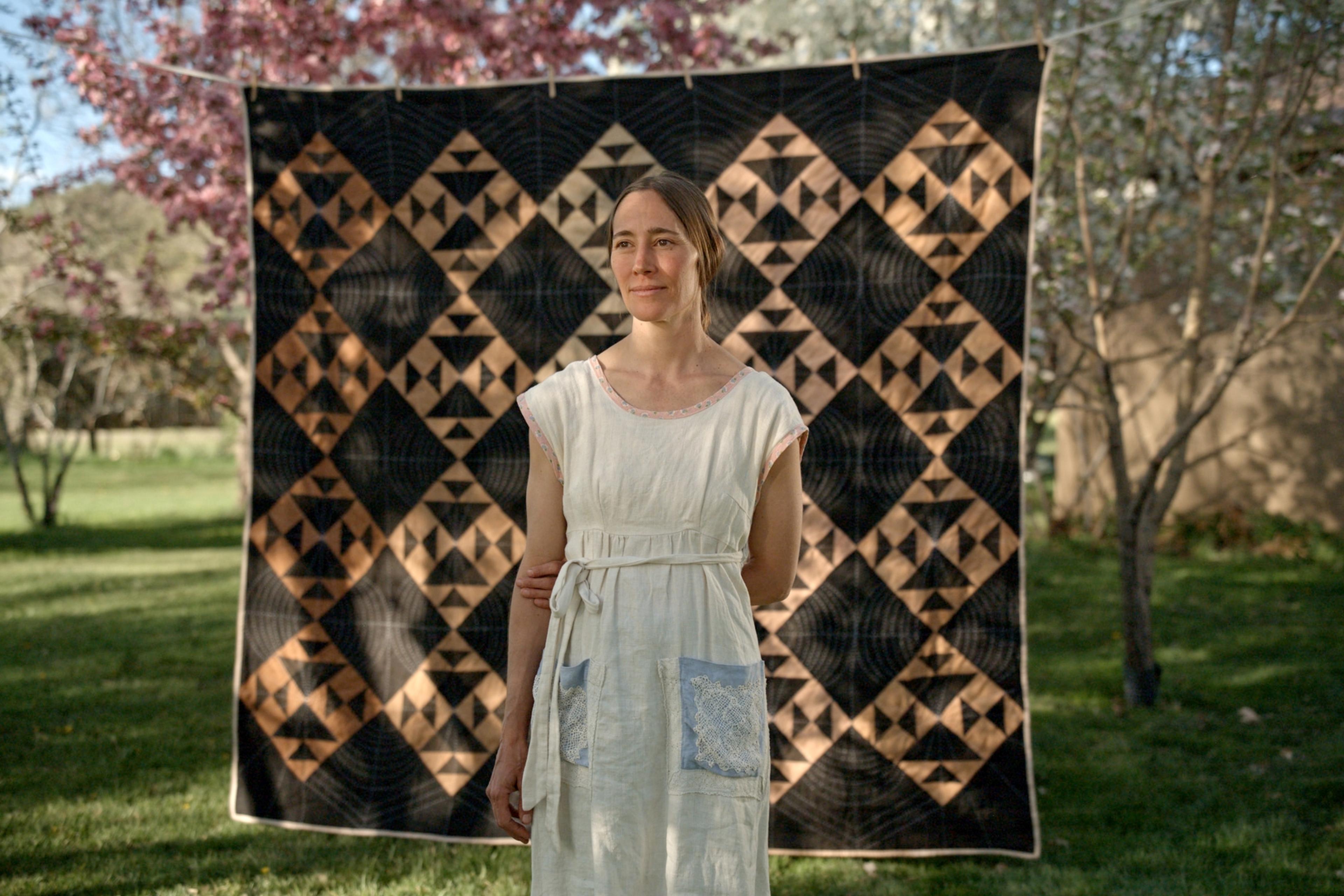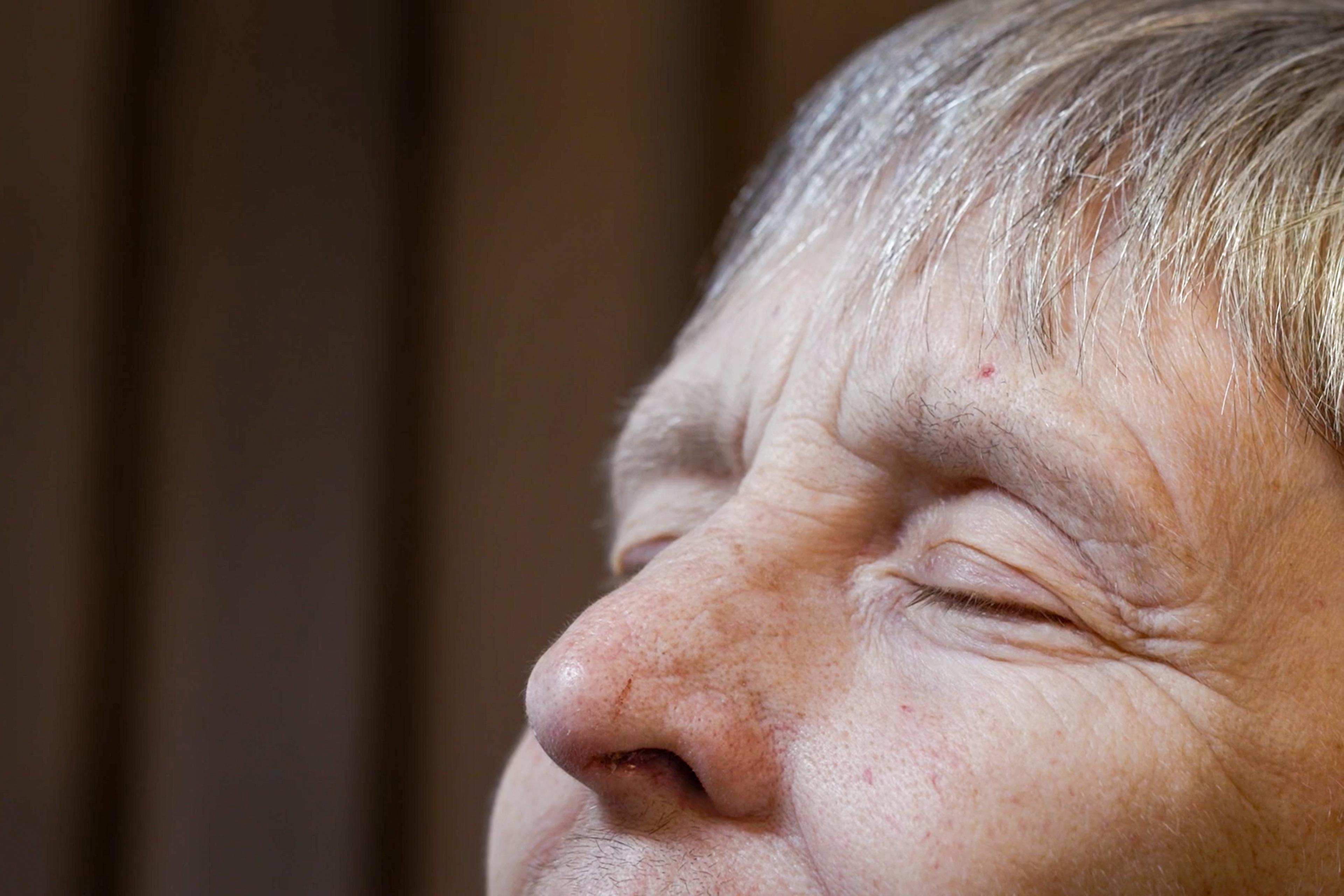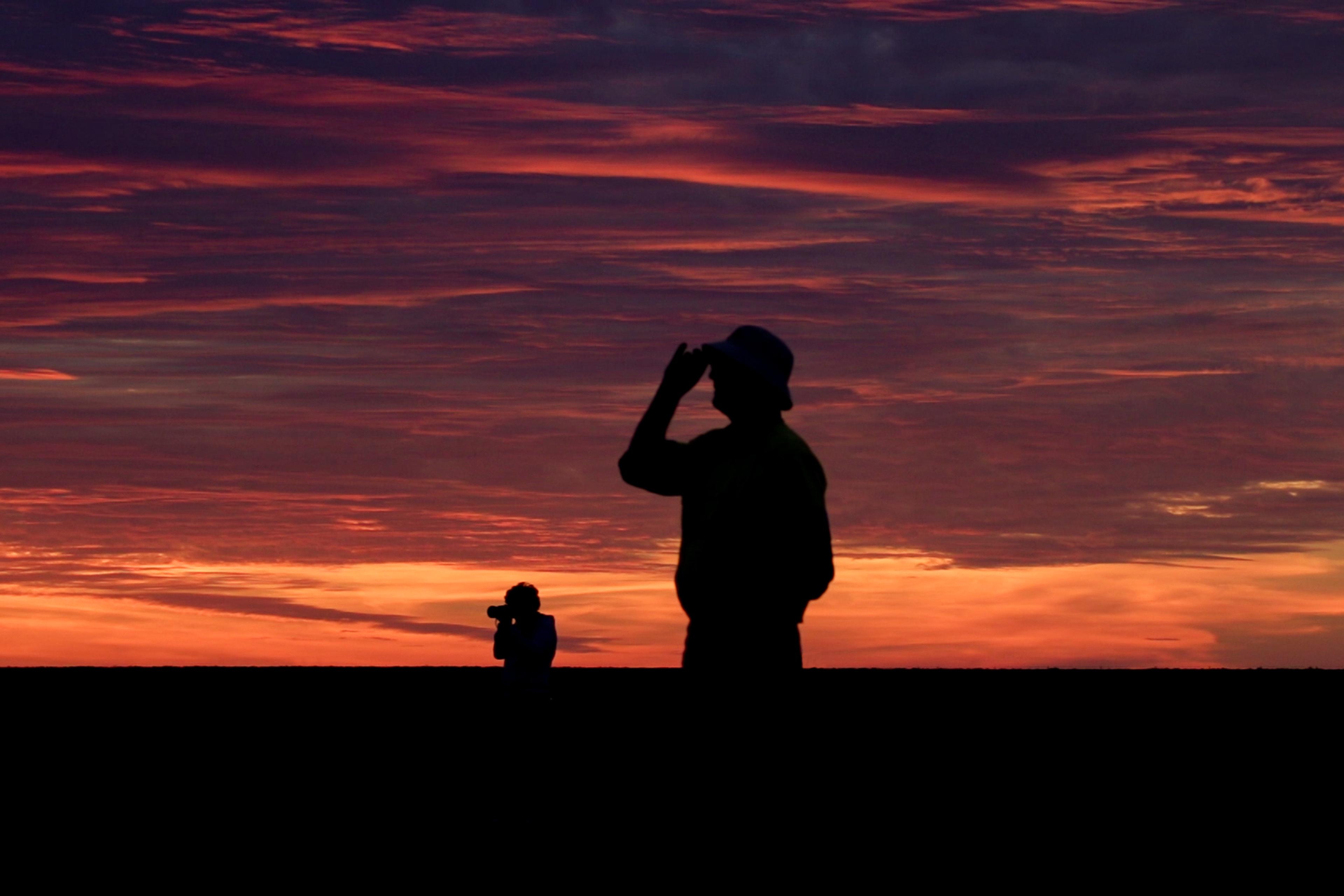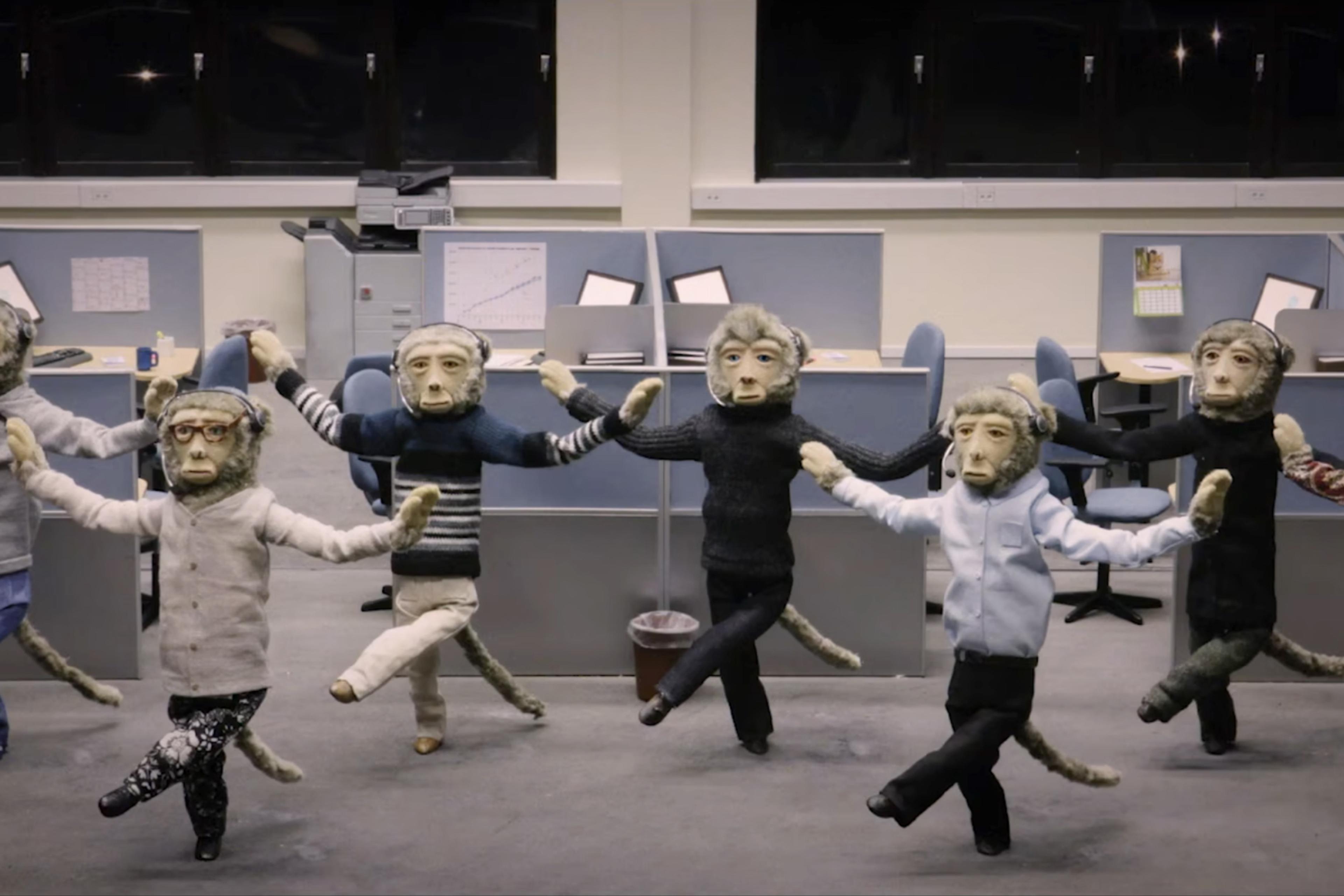Ulf Bjørnar Mikalsen has got it pretty good. His name means ‘Wolf Man Who Fights the Bear Son of the Fox’. He plunges naked into freezing water every morning to prepare his body for the day. His work – handcrafting traditional Nordland boats – earns him half what youngsters make at the nearby grocery store, but brings him deep pleasure and satisfaction. Though his home in the village of Kjerringøy in Norway – 120 miles north of the Arctic Circle – doesn’t see the Sun for three months of the year, it’s a place that gives him something of a spiritual experience, perhaps because living there entails such a close and engaged relationship with nature.
The short documentary The Fox of Bloody Women Island is, simply put, a film about a happy man, or at least a very satisfied one. But it’s also a film that allows us to share in Mikalsen’s pleasures by evoking some of what brings them about for him. Balance seems to be at the centre of Mikalsen’s way of living, whether he’s filling a boat with round stones for ballast with his son Bjorn, playing music with his wife Ingvild, or cooking roast reindeer in the oven. Boatbuilding is his key pursuit, the work that he loves, but his approach to it is far from myopic. Along with his daily naked dips, he practises yoga and enjoys all the ways that making boats connects him with the rhythms and caprices of his environment.
The filmmakers Vern Cummins and Jamie Gallant explore this ethos – and the sense of connection and harmony it brings to Mikalsen’s life – by moving fluidly and gracefully between his various activities. Allowing the sounds of one moment to carry over and underscore something in the next, or using a sequence of shots to draw out the different contours of Mikalsen’s days, they immerse us in Mikalsen’s world with its mix of meaning-filled physical labour, play and good cheer amid the strikingly beautiful land and seascapes of Norway’s far north. And, running through it all, both in Mikalsen’s own demeanour and in the film itself, is a gentle, self-aware humour, a kind of tonic to the frequent self-seriousness of those who fetishise the ‘traditional’.
In the end, we might see Mikalsen as offering a thoroughly non-didactic suggestion that one good approach to the good life is to do your thing seriously – without taking yourself too seriously. For anyone who is intrigued, perhaps he might take on an apprentice?
Written by Kellen Quinn

